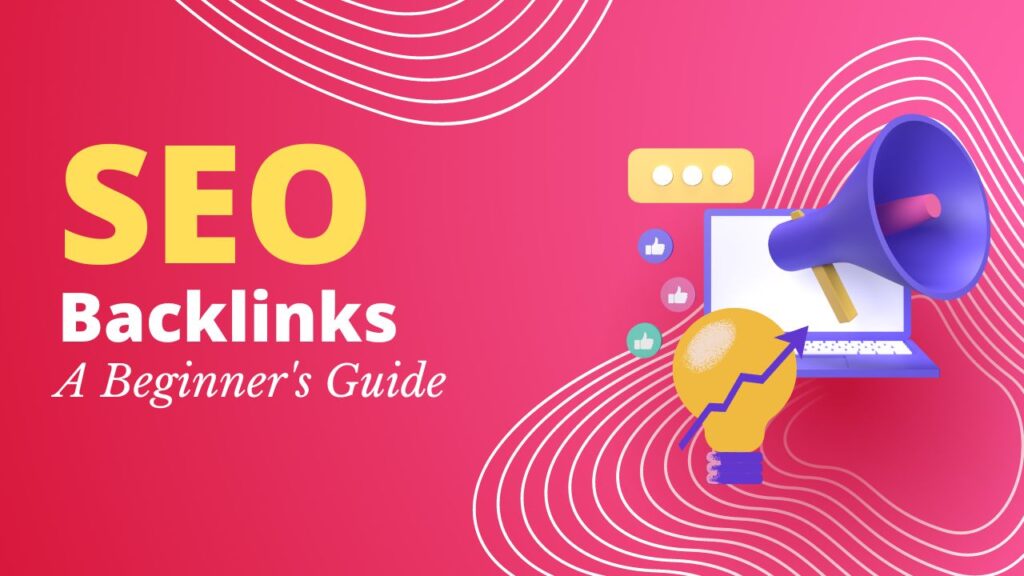Enhance your website’s search engine visibility with these 10 powerful on-page SEO techniques. Learn how to optimize your content, meta tags, and more for higher rankings.
In the digital landscape, having a stunning website is just the beginning. To truly stand out and attract organic traffic, you need to master the art of search engine optimization (SEO). While off-page SEO tactics like link building are crucial, on-page SEO plays an equally significant role in determining your website’s search engine rankings.
10 powerful on-page SEO techniques.
In this article, we’ll explore 10 highly effective on-page SEO techniques that can help skyrocket your website’s visibility and drive more qualified traffic to your pages.

1. Keyword Research and Optimization
Before diving into on-page optimization, conduct thorough keyword research to identify the terms and phrases your target audience is searching for. Once you have your target keywords, strategically place them in key areas of your website such as titles, headings, meta descriptions, and throughout your content.
However, ensure that your keyword usage feels natural and doesn’t compromise the quality of your content.
2. High-Quality Content Creation
Content is king in the world of SEO, and high-quality, relevant content is essential for attracting both users and search engines. Create informative, engaging content that addresses the needs and interests of your target audience.
Incorporate your target keywords naturally within your content while providing value and solving problems for your readers.
3. Optimize Title Tags and Meta Descriptions
Craft compelling title tags and meta descriptions for each page of your website. These elements serve as the first impression for users in search engine results pages (SERPs) and can significantly impact click-through rates.
Ensure that your title tags are concise and descriptive, and include your target keywords, while your meta descriptions provide a compelling summary of your content.
4. Use Descriptive URLs
Optimize your URLs to provide both users and search engines with valuable information about the content of your pages. Keep your URLs concise, and descriptive, and include relevant keywords whenever possible.
Avoid using generic or cryptic URLs that provide little insight into the content of the page.
5. Optimize Heading Tags (H1, H2, etc.)
Properly structure your content using heading tags (H1, H2, H3, etc.) to organize your content hierarchy. Use your primary keywords in your main heading (H1) and incorporate variations of your keywords in subheadings (H2, H3, etc.).
This not only enhances readability for users but also signals to search engines the importance and relevance of your content.
6. Image Optimization
Optimize your images for search engines by using descriptive file names and alt tags that include relevant keywords. Compress images to improve page loading times, and ensure that they are appropriately sized for optimal user experience.
Image optimization not only improves accessibility but also provides additional opportunities for keyword optimization.
7. Internal Linking
Incorporate internal links throughout your content to connect related pages and establish a logical website structure. Internal linking helps search engines discover and index your content more effectively while also distributing link equity throughout your website.
Be strategic with your anchor text, using descriptive keywords that provide context for the linked page.
8. Mobile-Friendly Design
With the increasing use of mobile devices, having a mobile-friendly website is crucial for both user experience and SEO. Ensure that your website is responsive and optimized for various screen sizes and devices.
Google prioritizes mobile-friendly websites in its search rankings, so investing in a responsive design is essential for maintaining high visibility in search results.
9. Page Speed Optimization
Page speed is a critical factor in both user experience and search engine rankings. Optimize your website’s loading times by minimizing server response times, leveraging browser caching, and compressing large files.
Google’s PageSpeed Insights tool can help identify areas for improvement and prioritize optimization efforts.
10. Regular Content Updates
Consistently update your website with fresh, relevant content to demonstrate its relevance and authority to search engines. Whether it’s through blog posts, news updates, or product releases, regularly publishing new content keeps your website dynamic and engaging for both users and search engines.
Additionally, updating existing content with new information or insights can help maintain its relevance and visibility over time.
Important: Google Search Core Update 2024
Conclusion: On-page SEO is a fundamental aspect of optimizing your website for search engines and driving organic traffic. By implementing these 10 effective techniques, you can improve your website’s visibility, attract more qualified traffic, and ultimately achieve higher rankings in search engine results.
Remember to prioritize user experience and provide valuable, high-quality content that resonates with your audience. With a strategic approach to on-page optimization, you can elevate your website’s SEO performance and achieve your digital marketing goals.


